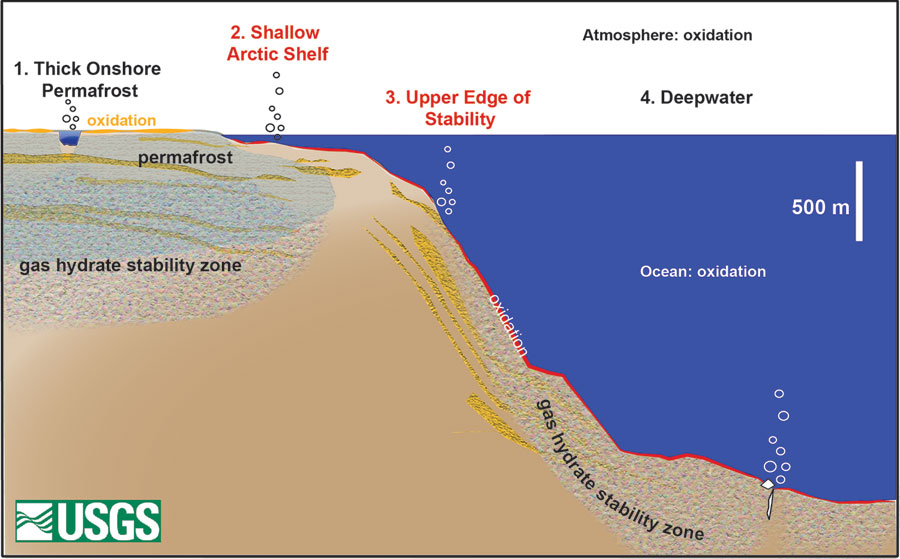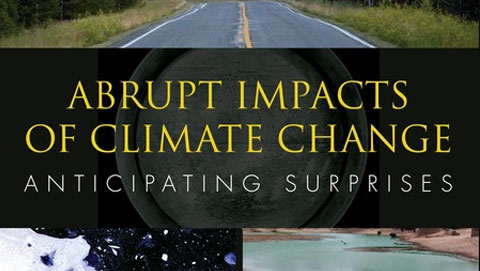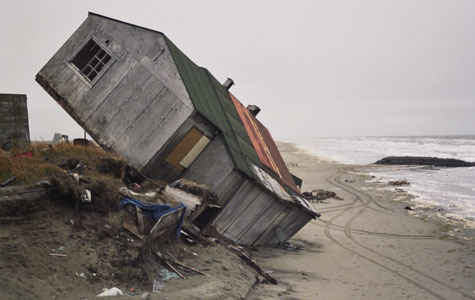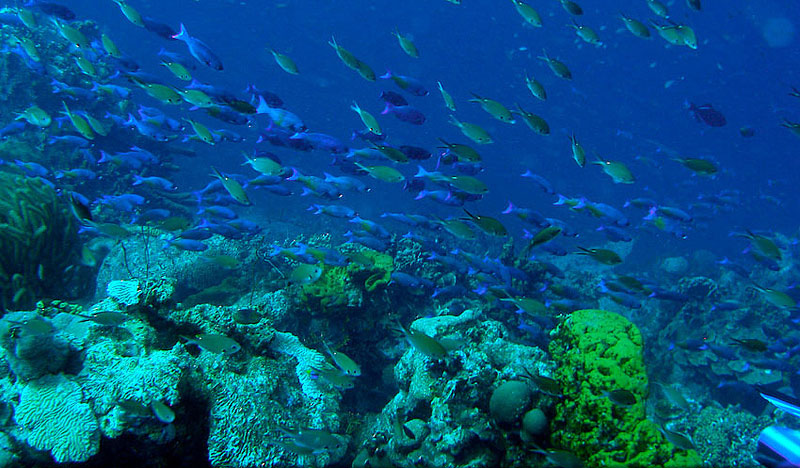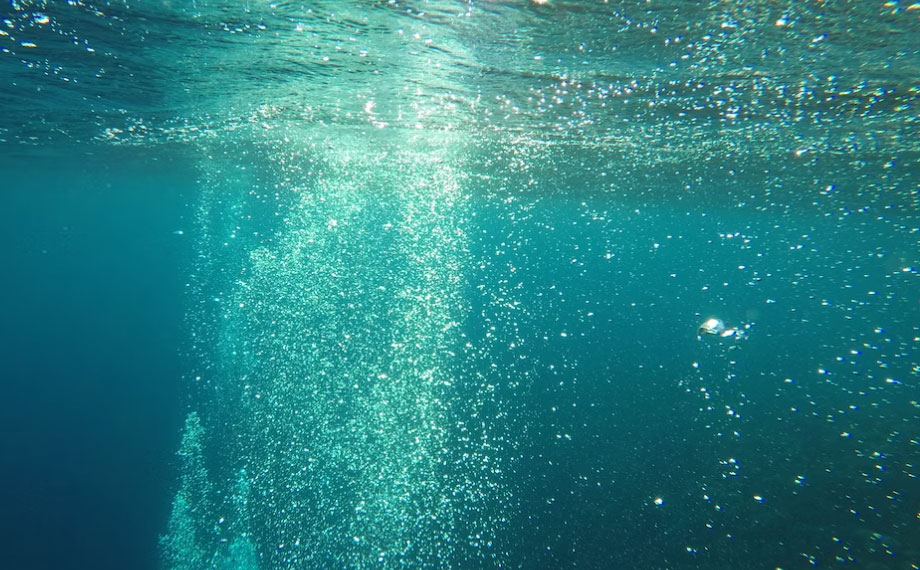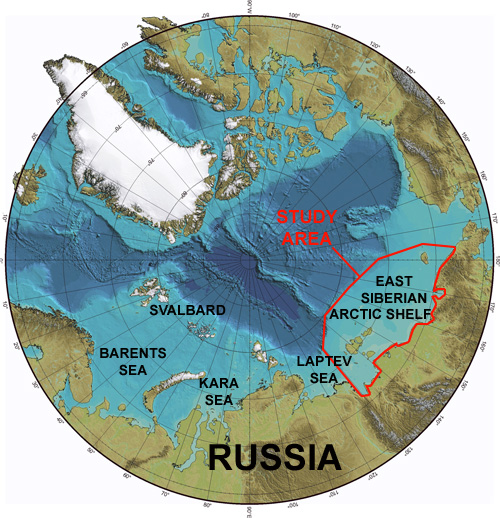David Cameron tells Polish Prime Minister that he will cooperate […]
Posted on 2 January 2014 by gws Earlier last year we posted a blog on whether the new natural gas boom, thanks to improved drilling technologies and hydraulic fracturing or “fracking”, was to be considered a boon or bane to Earth’s climate. The…
Published 3rd December 2013: National Research Council Abrupt Impacts of […]
The 2013 report on the State of the Ocean, by IPSO can […]
Excerpts from an episode of History Channel’s “Mega Disasters” series. […]
A compilation of related science with some commentary. Microbes in […]


